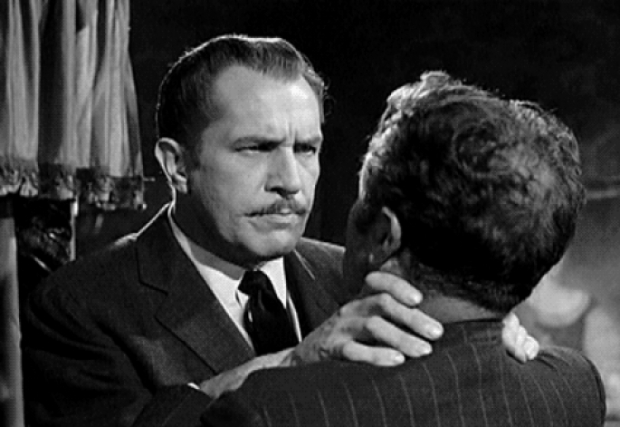New research from Northeastern University and the University of Massachusetts, Amherst shows that since the demise of net neutrality, US telecoms have increased the amount of throttling they impose on customers trying to watch mobile video through services like Netflix and YouTube.
The study reveals the extent to which companies like AT&T and Verizon have taken advantage of lax government regulation under President Donald Trump to limit data speeds for customers.
All four big carriers in the US now offer unlimited data plans that restrict streaming video on mobile devices to 480p by default. It is claimed that this is to manage network traffic, reduce congestion, and ensure that these companies don’t need to upgrade network infrastructure unless absolutely necessary.
Given that they claim that net neutrality would result in them being unable to upgrade their infrastructure, it seems they are using the same excuse.
The study reveals how often this is happening and to which apps. It also provides data on the uptick in this behaviour since Obama-era net neutrality regulations were repealed
The research is not yet publicly available; it will be submitted for peer review as it amasses a full year’s worth of data.
The research was conducted by getting around 100,000 people to sign up for a mobile app called Wehe, which monitored network traffic for participating users to determine when an app experienced “differentiation,” as the study puts it. The app conducted around 500,000 tests, monitoring over 2,000 service providers in 161 countries.
AT&T and Verizon were the worst throttlers, differentiating delivery speeds for streaming video 8,398 and 11,100 times, respectively. T-Mobile and Sprint differentiated traffic 3,900 times and 339 times, respectively.
AT&T and Verizon do not hide that their networks are actively throttling distinct traffic types, although the carriers prefer phrases like “network management,” terms like prioritization, and other euphemisms that disguise the fact that data speeds are artificially slowed down.
AT&T, Verizon, and T-Mobile also restrict video to 480p unless you pay for certain types of plans that allow you to stream in HD, by turning off a certain setting either on your phone or doing so only through the carrier’s website.
Amusingly throttling is presented as a feature, like AT&T’s Stream Saver, that’s designed to save customers from careless data use that might eat up too much of their monthly allowance.
Since the FCC became a Republican-controlled body under Trump, US carriers have significantly altered their offerings and, in many cases, made their plans worse by restricting how much “unlimited” data customers are actually afforded and what they can do with it.
Last summer, after all four major US carriers started offering unlimited plans with huge caveats in February 2017, Verizon removed the ability to stream HD videos on mobile phones entirely from all of its plans with its introduction of three new plans with reduced streaming video privileges and a number of throttling thresholds and hotspot restrictions. Earlier this year, Sprint made its current unlimited plan worse and added a more expensive version of it in a bid to get customers to pay more money per month.

